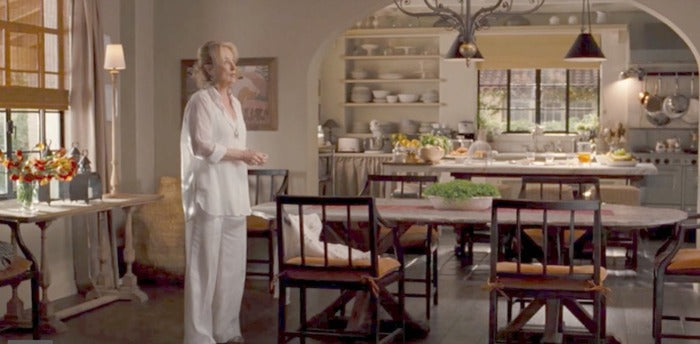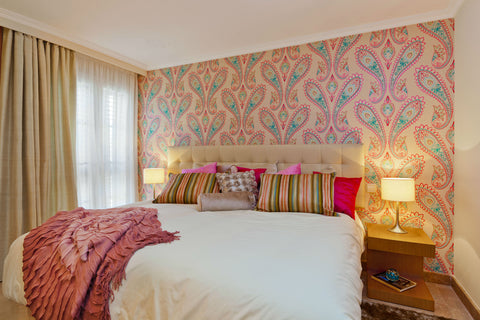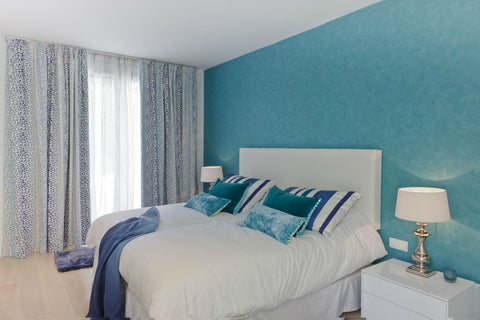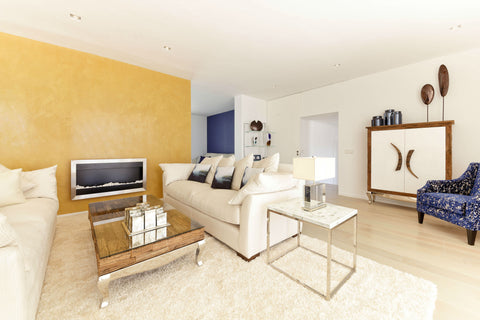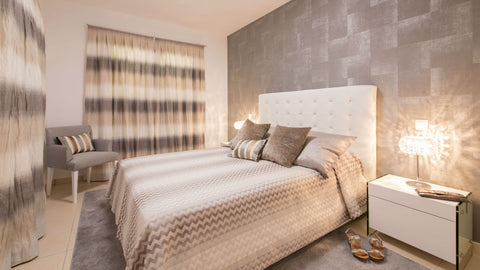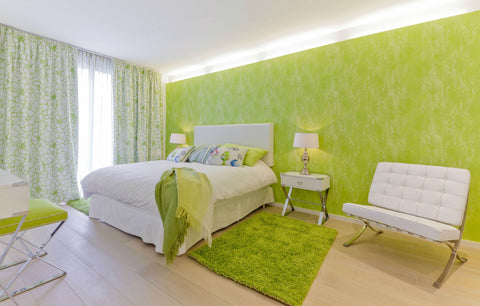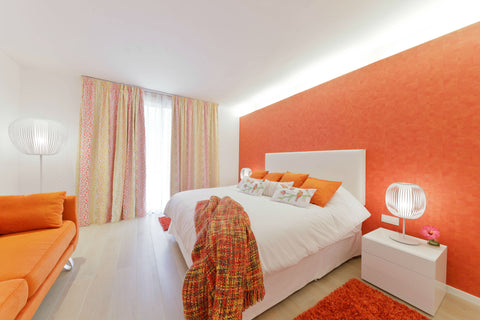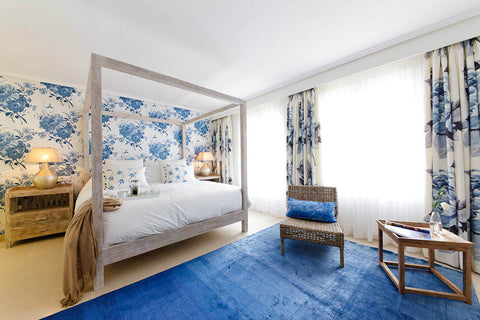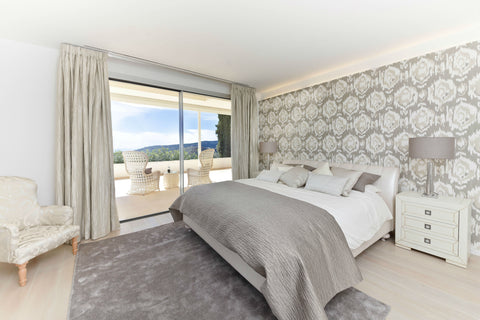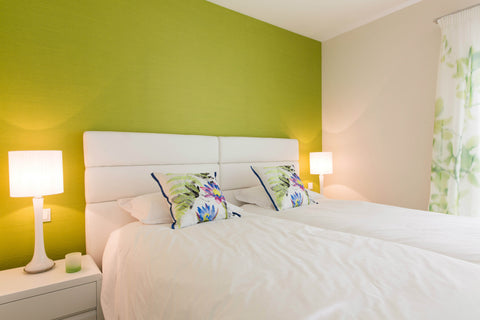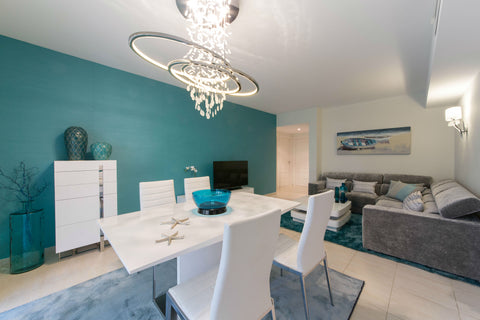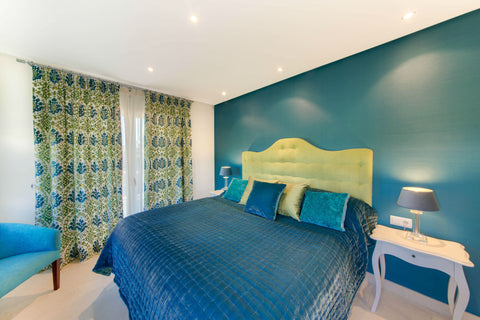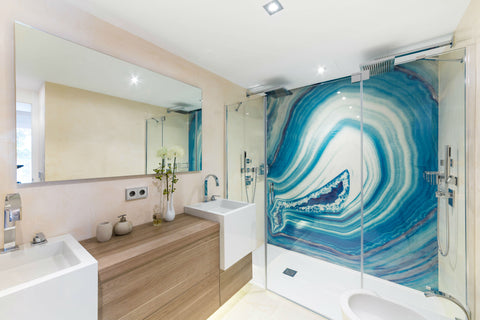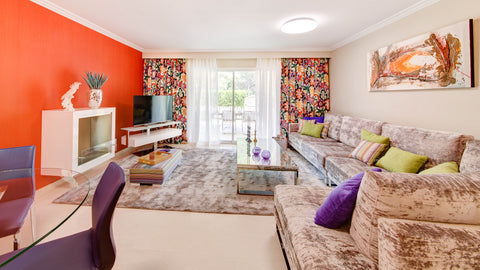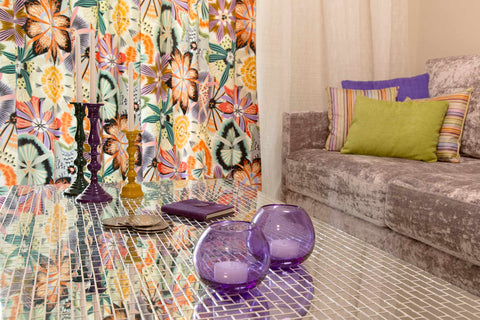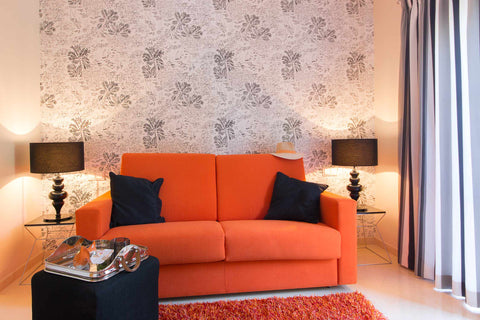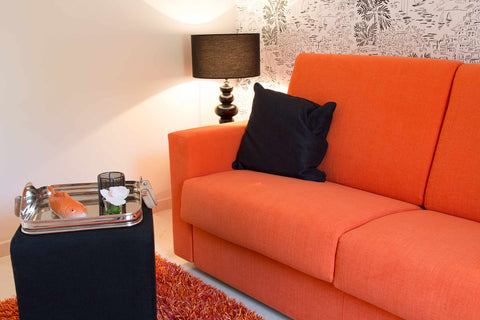As a team of interior specialists at Knox Design, we are always on the lookout for the latest trends in home decor. One trend that has caught our attention is the increasing popularity of environmentally friendly furniture and home accessories. Not only are these products stylish and modern, but they also have a much smaller impact on the environment than traditional furniture and decor.
One specific aspect of this trend that we are particularly excited about is the growing use of recycled glass in home decor. In places like Zanzibar, where glass waste can be a major problem, local artisans are finding creative ways to turn waste into beautiful and functional objects.
Glass recycling in Zanzibar has been a priority for many years, with local communities and organizations working to collect and recycle glass bottles and other waste. This has led to a thriving industry of glass artisans who are transforming discarded glass into beautiful objects like vases, lamps, and decorative bowls. You will find some lovely options which we have sourced directly from the artisans ready for you to purchase in our store.
There are several reasons why environmentally friendly products are becoming more popular in the world of interior design. For one thing, people are becoming more aware of the impact that their choices have on the planet. With issues like climate change and pollution becoming more pressing every day, it's only natural that consumers are starting to prioritize eco-friendly products.
Another reason for the rise in popularity of eco-friendly furniture and decor is that many of these products are now just as stylish and fashionable as traditional products. In the past, environmentally friendly products may have been seen as dull or unattractive, but that is no longer the case. Many designers and manufacturers are now creating eco-friendly products that are every bit as stylish and modern as their traditional counterparts.
So what exactly makes a piece of furniture or home accessory "environmentally friendly"? There are several factors to consider. First and foremost, environmentally friendly products are made from sustainable materials. This means that the materials used to make the product are harvested or sourced in a way that is not damaging to the environment. For example, bamboo is a popular material for eco-friendly furniture because it is fast-growing and does not require the use of harmful pesticides or fertilizers.
In addition to sustainable materials, environmentally friendly products are also made using environmentally conscious manufacturing processes. This means that the manufacturing process is designed to minimize waste and reduce energy consumption. Many eco-friendly products are also made using recycled materials, which further reduces their environmental impact.
As interior specialists, we believe that incorporating environmentally friendly products into your home decor is not only good for the planet, but it also allows you to create a space that truly reflects your values and priorities. So why not consider incorporating some recycled glass pieces into your next design project? Not only will you be supporting a worthy cause, but you'll also be adding a touch of unique and sustainable style to your home. You will find several environmentally friendly products at Knox Design, our store in Son Bugadelles, the new “Mallorca Design District” in Calvia.
























